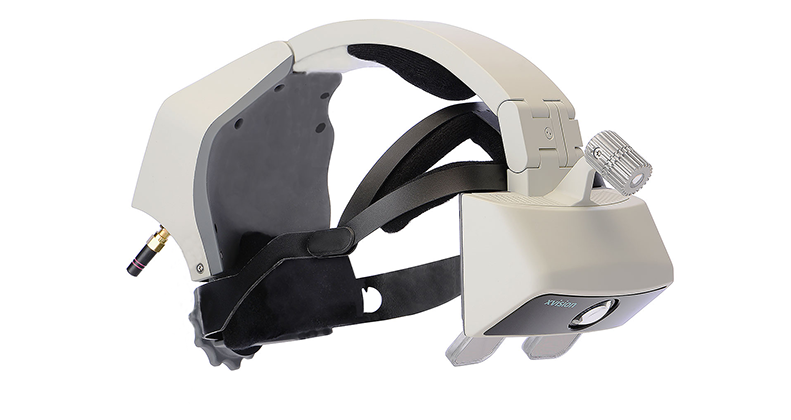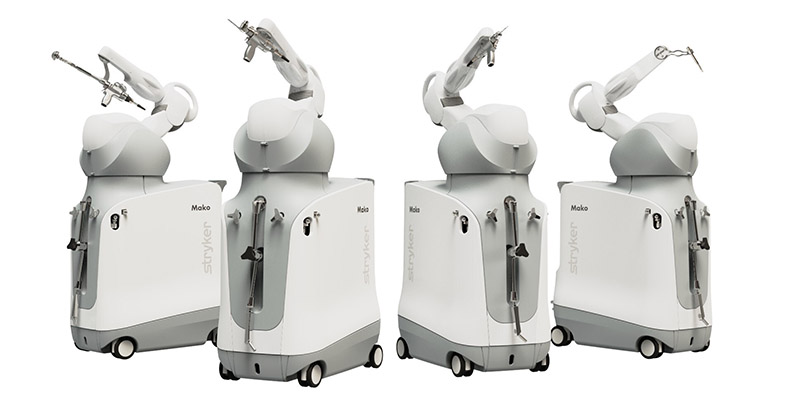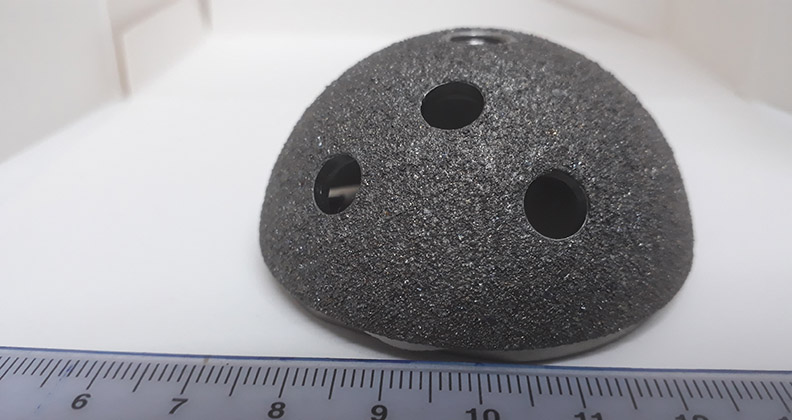
Last year, we shared with you news about a small Israeli startup and its “see through skin” technology. Augmedics X-VISION is an Augmented Reality head-mounted display that is designed to let surgeons “see through” skin and tissue by projecting a 3D image of the patient’s spine onto the surgeon’s retina in real time.
We found this so interesting that we sought some time with inventor and Augmedics CEO and Co-Founder Nissan Elimelech, who has ten years of experience in various medical device markets, including spine (Medtronic).
Below we share his words, vision and future plans.
With an eye toward increased intuitiveness and ease-of-use technology, Elimelech created the X-VISION Augmented Reality system for Augmedics. (The technology was previously called ViZOR, but this was changed due to trademark issues.)
“What we add to the basic surgical navigation system is, we take data from the patient and create a 3D model of the anatomy and project it onto the surgeon’s retina, in real time,” Elimelech said. “So, the surgeon is not only looking on a screen, but also gets the information sent directly to his or her eyes; the surgeon basically has x-ray vision, where he can see the patient’s anatomy through skin and tissue.”
With its first application in minimally invasive spine procedures, X-VISION technology is designed to save time during surgery, reduce radiation exposure and reduce the number of repeat operations and hospitalizations. “With a traditional navigation system, the surgeon has to take her hands off the patient and look at a different screen,” Elimelech explained. “With our system, the surgeon does not have to take her hands off the patient. We bring a lot of intuitiveness into the workflow.” Down the road, X-VISION will incorporate sensors to collect ”big data” and could use that to offer assistive measures like suggestions and alerts, Elimelech said. “Spine surgeries are only the beginning for X-VISION,” he added.
Early in 2017, Augmedics—founded in 2014—secured $8.3 million in Series A funding led by AO Invest, the Israeli Innovation Authority, Terra Venture Partners and undisclosed investors.
How does X-VISION use sensors? What type of data do you expect to collect?
Elimelech: We have sensors installed in the head-mounted display. Their main purpose is to accurately track the patient’s position and the surgical tools. We are not using the sensors for any aspect other than surgery. Currently, we aren’t collecting [data]. In the future, we plan to implement machine learning capabilities in order to give the surgeons real-time suggestions and warnings during the surgery. To enable machine learning capabilities, we will need to collect large data from each surgery performed.
How challenging is the regulatory pathway for X-VISION?
Elimelech: We think it will be relatively easy to get FDA 510(k) clearance; it should take about six months from the submission date. Right now, we have a prototype. Early 2019 is our goal to have our product on the market.
Why start with spine?
Elimelech: I’ve worked in the spine segment and I understand the challenges and difficulties of spine surgery. My partners and I analyzed the market and understood that it needed solid solutions. The market is also very conservative. In the U.S. alone, there are over one million spine surgeries performed every year – less than half of these are minimally invasive. Patients want short recovery time and short hospitalization. Navigation systems bring value because they facilitate surgeries. The spine market needs solutions the most.
Do you plan to move to other anatomic regions?
Elimelech: Absolutely. Spine is only the beginning for X-VISION. Our plan is to unveil new applications each year, using the same hardware (headset, workstation, etc.). We are aiming for ENT, neurosurgery, trauma surgery and most orthopaedic segments.
What are your greatest challenges from commercialization and adoption standpoints?
Elimelech: In terms of commercialization, we’re a small startup in Israel. As such a young company with limited resources, it’s hard to penetrate the markets. The challenge we’re facing is to attract the interest and engagement of strategic partners. We’re already working with several large, global companies. As far as adoption, our technology needs to be validated in clinical trials. We think that adding intuitiveness and natural visualization to traditional navigation systems will make the difference, in terms of adoption by surgeons.
Learn more about Augmedics’ X-VISION technology.
Rob Meyer is ORTHOWORLD’s Senior Editor.




